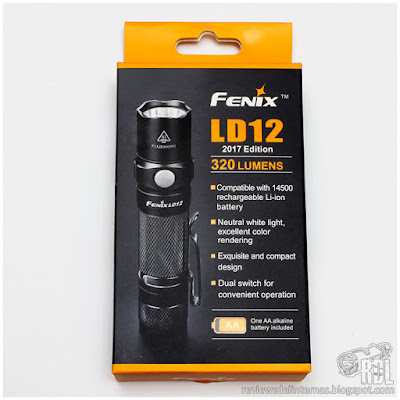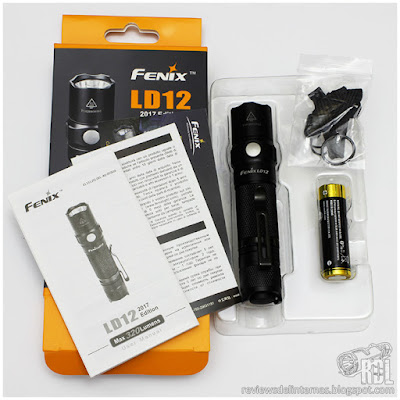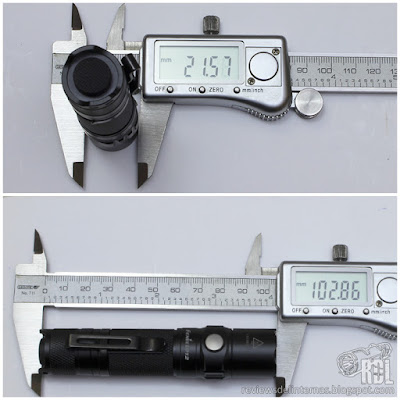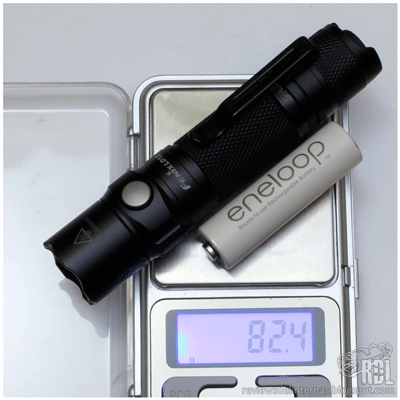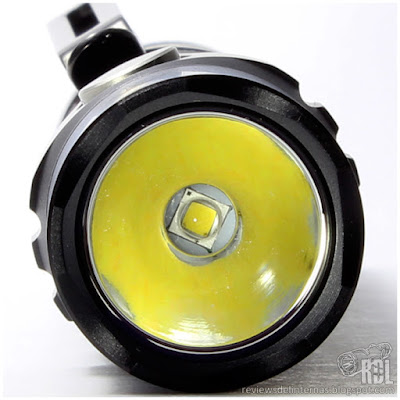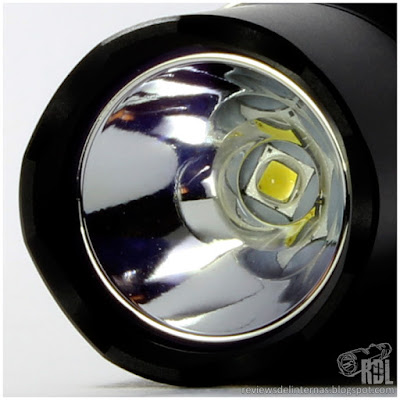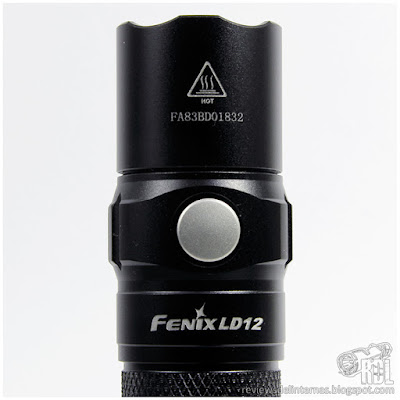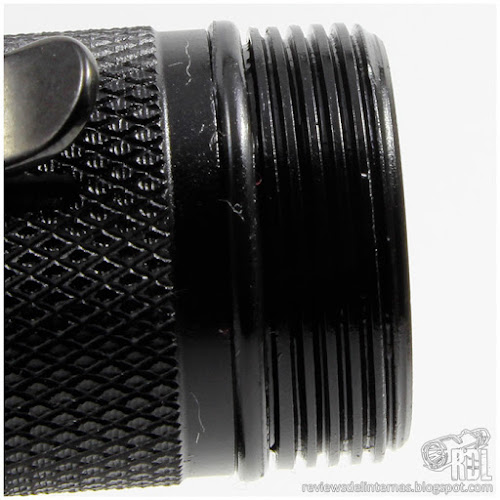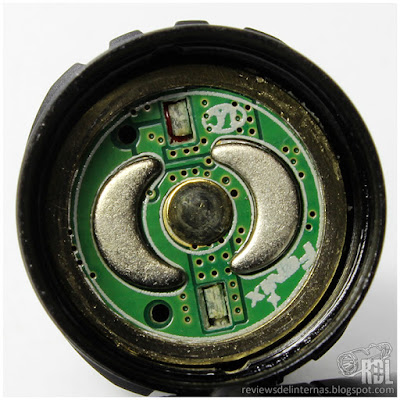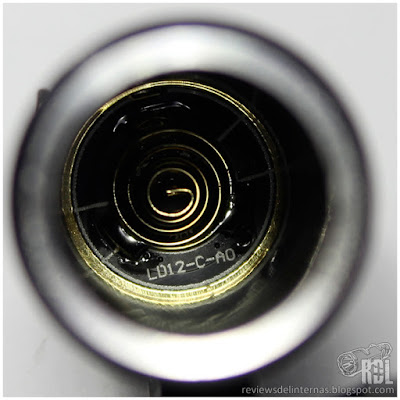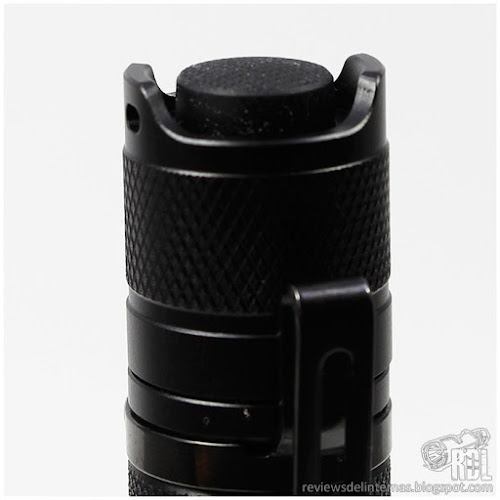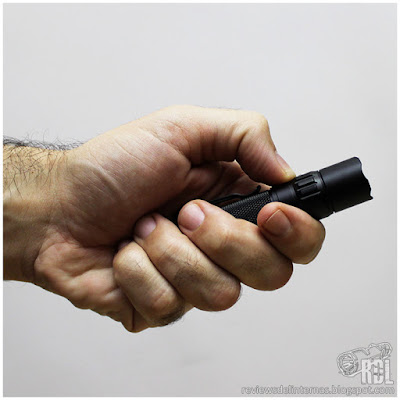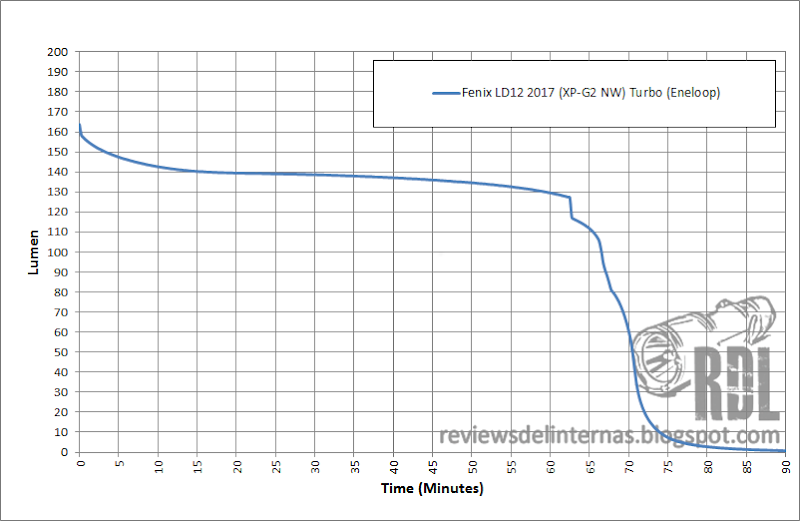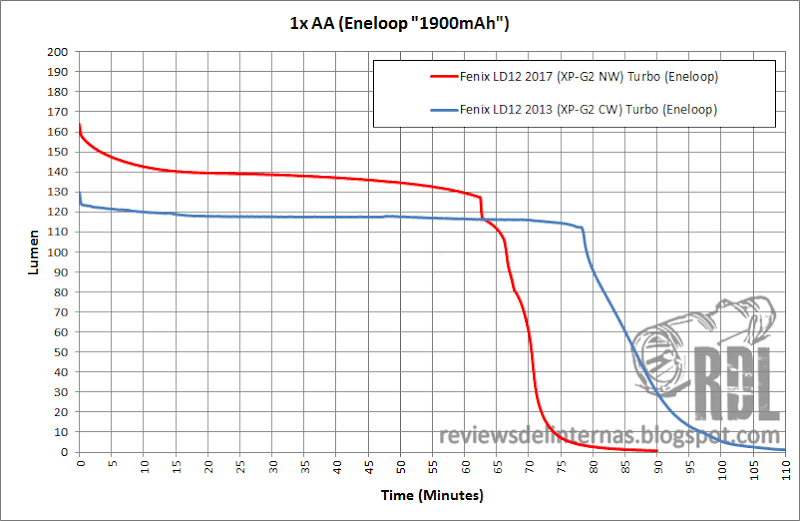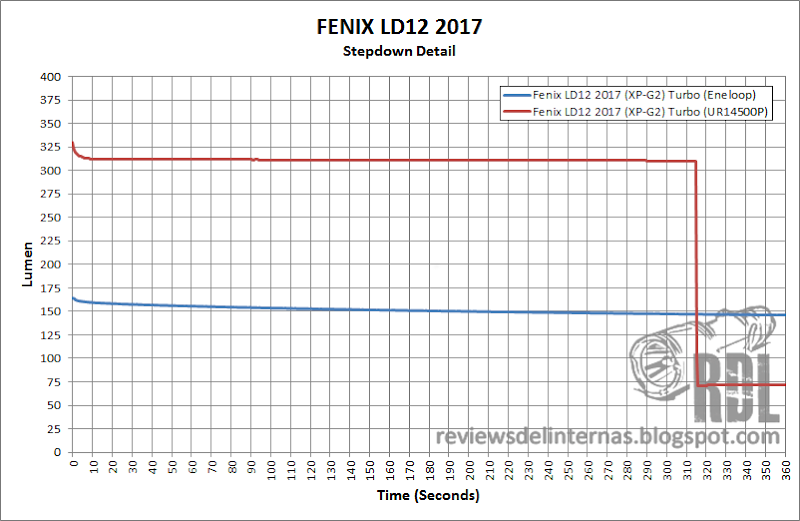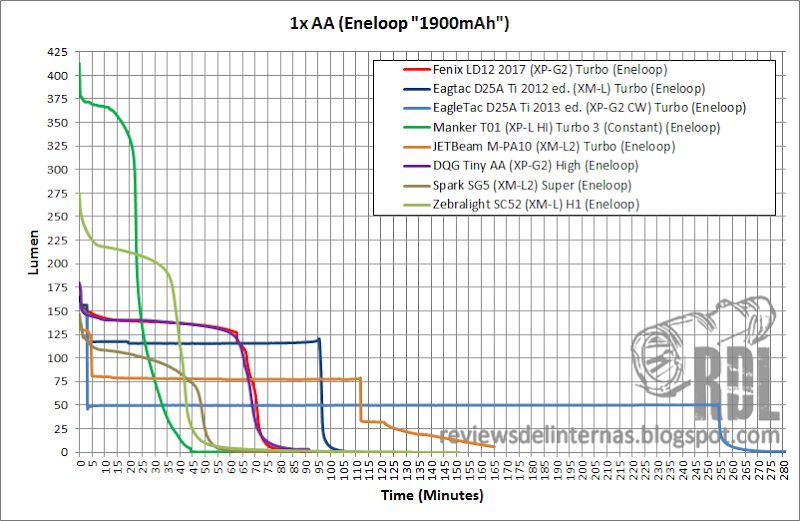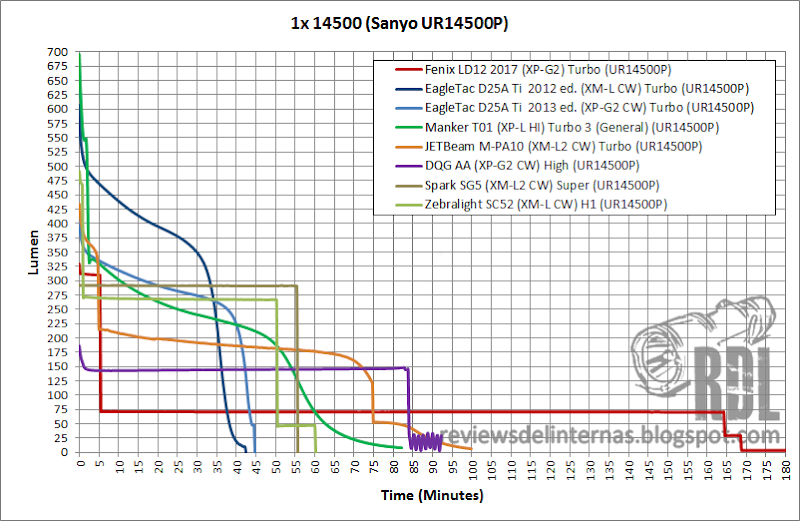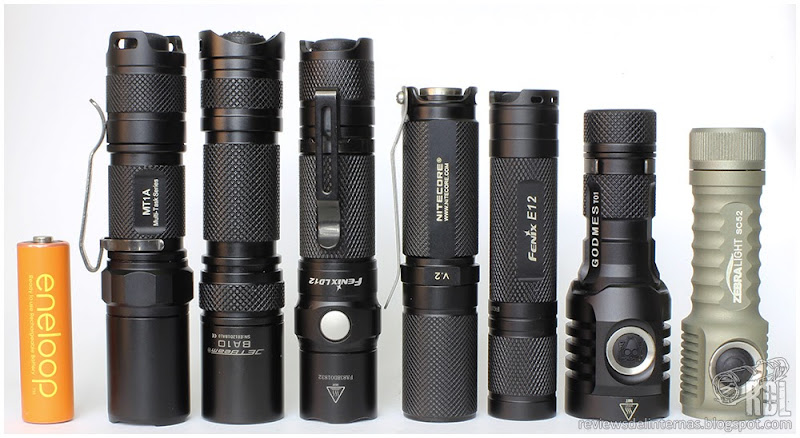
FENIX LD12 2017
LED: XP-G2 R5 NW
Battery: 1x AA / 1x 14500
Modes: 4 (Low, Med, High, Turbo) + hidden strobe.
Switch: Double, forward at the tail and digital at head.
Date: December 2016
Links:
Fenixlight.com · FenixLinternas.com · RdLinternas · ForoLinternas
INTRODUCTION
One of the most versatile AA flashlights from famous manufacturer Fenix has just been updated, and although we are still in the last couple of days from this 2016, the new LD12 already is marketed under the name LD12 2017. I remember that back in 2013 we saw the previous update from this almost legendary flashlight. Today we are going to analyze the new and improved LD12, which in addition to some small and subtle aesthetic changes, brings some interesting functions such as full compatibility with rechargeable lithium batteries 14500 plus a neutral white XP-G2 LED emitter.
The LD12 2017 comes in the typical Fenix soft carton box, where inside we find in a plastic tray the flashlight, user manual with the usual advertising from the brand, an AA alkaline battery and a set of spare o-rings, as well as a basic wrist strap. This new version comes with no holster unlike as the previous LD12 from 2013.
EXTERNAL FINISH
In general, although having undergone a slight change of image, the LD12 lines are very similar to the previous version, although after observing closely it can be seen how the external design has been made to the image and similarity of others new Fenix, like for example the PD32 2016.
Fully machined in aluminum with matte black anodizing finish, has a great uniform tone and it’s free of any imperfection or defects on the surface.
Dimensions and weight very similar to the previous LD12, with a size not too compact but very comfortable in hand.
The optics, although still maintaining the combination of smooth reflector and XP-G2, has changed slightly to now incorporate a centering mechanism for the LED emitter. The lens remains glass and maintains the usual AR treatment in all Fenix products.
The electronic switch on the head, in charge of the mode management, goes from being a silicone membrane in the 2013 version to a physical button made of metal. The design is exactly the same as can be found in some of the new Fenix, including TK15UE we saw a few days ago.
The threads, as usual in this brand, arrive impeccable with its light coating of lubricant and an exquisite trapezoidal cut, in addition to being anodized.
The space for the battery is generous, probably because of the new feature that makes the LD12 completely compatible with the 14500, and Fenix only sells the li-ion battery in “protected” format, which is always about a pair of mm longer than a common AA or a cell without protection.
With regard to the 14500, the classic design of the positive contact, in which there is a reverse polarity protection mechanism surrounding the central contact, will prevent from using a “flat top” 14500.
The design of the clip is similar, almost identical to that seen in the previous LD12, clamped by pressure to a groove between the tailcap and the body of the flashlight and cannot be placed in reverse.
Mysteriously, Fenix has not taken advantage of the redesign to improve the functionality of the tailcap, which still does not allow us to place the light in tailstand. In addition, the thread of the tailcap is now sealed, so the only moving part of the flashlight is the head.
USER INTERFACE
The user interface of the 2017 LD12 is really simple and easy to master in just seconds. It has four intensities, and a hidden stroboscopic mode, and everything is controlled in a simple and extremely comfortable way thanks to the combination of its two switches.
- On and off: The flashlight has a forward switch on the tailcap, through which we can activate the flashlight momentarily (pressing without actually clicking, the flashlight stays on while we keep the pressure on the switch) or permanently (pressing until you hear the click and releasing).
- Changing Modes: With the flashlight on (even momentary on), we press the head switch to toggle between the flashlight 4 main modes, in ascending order: Low -> Mid -> High -> Turbo
- Memory: The light recalls the last used mode in which we turn it off, and return to this in the next activation.
- Hidden Strobe Mode: With the flashlight on, just hold the head switch just a second to enter strobe mode. This mode has a variable frequency, alternating between fast and slow flashes. This mode cannot be memorized.
- Mechanical block-out: With its anodized threads, the LD12 2017 can be blocked by partially unscrewed from any of its threads. This will prevent accidental or inadvertent activation. Since there is a mechanical switch there is no parasitic current drain when the flashlight is off.
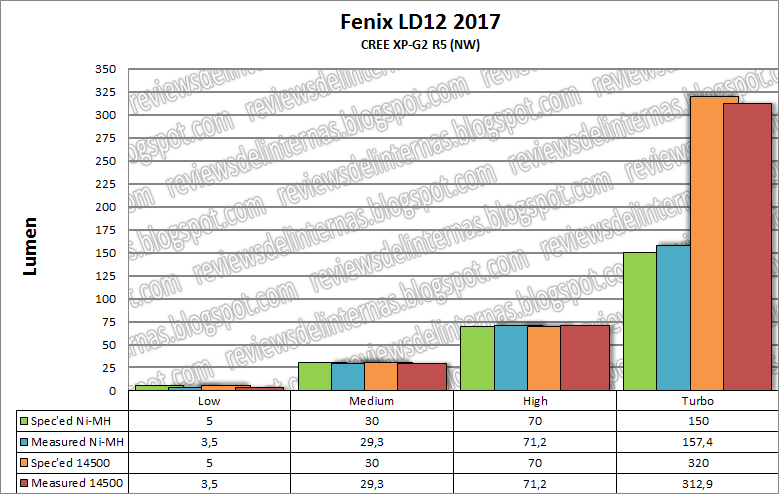
<span class=““here.”:http://goo.gl/PDvRLE details More activation. after seconds 120 and 30 between of reading highest the value as taking FL1”:Estándares ANSI NEMA FL1 - ForoLinternas - Foro sobre linternas y tecnología LED, NEMA “ANSI procedure the following taken are measurements All”>
The distribution of intensities is very well achieved, with a 5lm low mode which, given the type of beam profile of this flashlight, will be much more useful than expected. With 30, 70 and 150 lumen we have a very well staggered proportion, and with a 14500 the mode 150 lumen becomes 320 lumen which, as we will see in the next section of the review have regulation and timed stepdown.
PERFORMANCE
The performance of the previous LD12 of 2013 was nothing special … Just a multipurpose flashlight with a not an impressive but still acceptable performance. The new LD12 2017 seems to inherit these qualifiers:
With an Ni-MH AA the flashlight gives us a very similar curve to that obtained with the previous LD12, with an almost linear performance during most of the time.
Compared to the LD12 of 2013, we see how the new Fenix wins on output, but loses slightly in runtime.
With a 14500 the appearance of the lines changes radically, and we can see how the higher voltage of the li-ion rechargeable battery offers a much more linear regulation, although with a deep time controlled stepdown that after five minutes it reduces to 70lm, maintaining this output linearly for more than two and a half hours, and at the time when the small battery cannot deliver the necessary power goes down twice to get to the low mode.
In addition, when using a 14500 battery the flashlight has a low voltage warning system, which consists of making a tiny blink every five minutes when it is necessary to replace or recharge the battery. To reach the first warning I needed more than 4 hours of uninterrupted usage have been necessary, with two successive stepdown in between.
Here you can see in detail how the LD12 2017 behaves during the first six minutes with both a Ni-MH and a 14500.
Compared with other flashlights of an AA, the LD12 2017 does not stand out in any particular way, and has a very modest performance and efficiency if we compare it with some of the new lights we’ve seen recently.
Powered by li-ion battery, the new Fenix offers the longest runtime of all tested lights, of course thanks to the huge stepdown that suffers after five minutes, remaining at a much friendlier output values for the LED emitter efficiency-wise.
BEAM PROFILE
The XP-G2 with its smooth reflector creates a very clean beam profile, with a well-defined hotspot free of artifacts or dark rings. The use of a centering mechanism, inexistent in the previous version, should guarantee a clean and uniform beam.
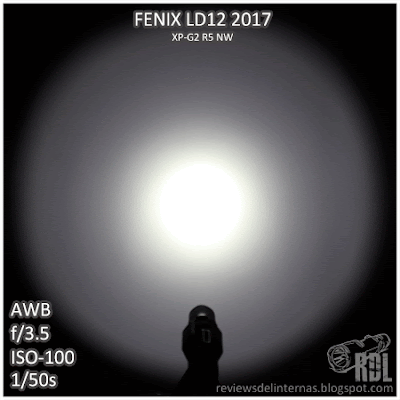
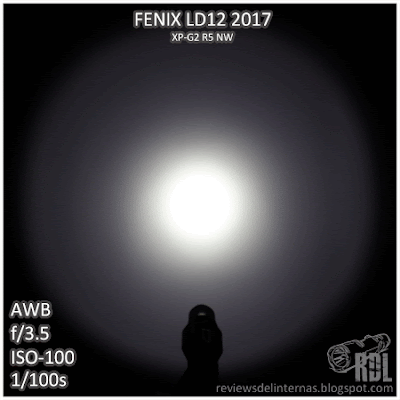
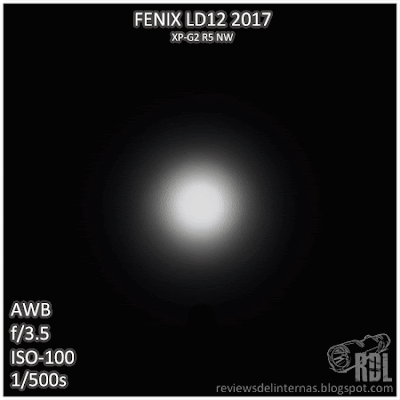
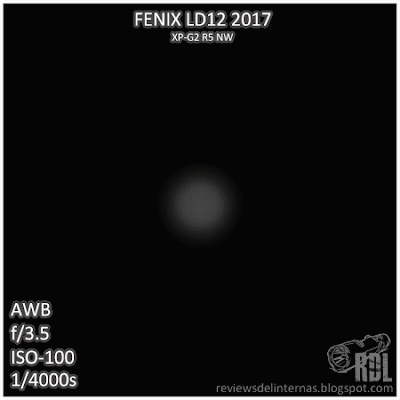
The tint is neutral, although on the cold side of the chromatic table. Compared to previous version tint, the new LD12 2017 has a much more pleasant light.
The beam profile could be considered polyvalent, as since although it has a well defined spot (135 meters throw with a 14500 or 95 with an AA), given the small dimensions of the reflector also produces an excellent uniform light in its spill.


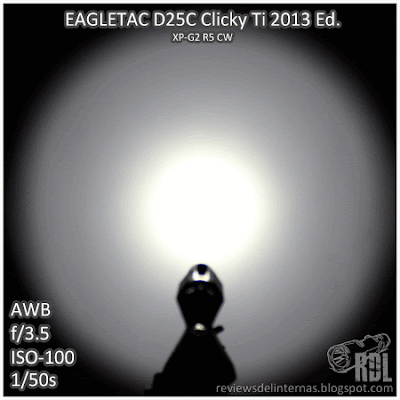
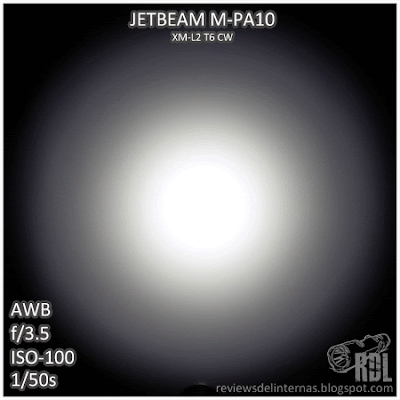
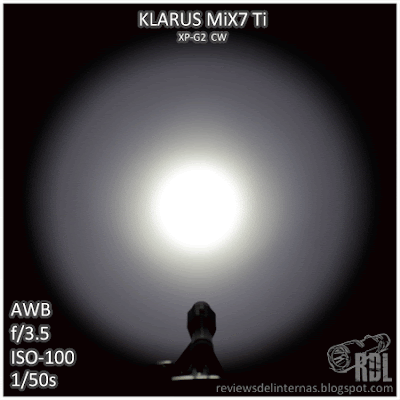
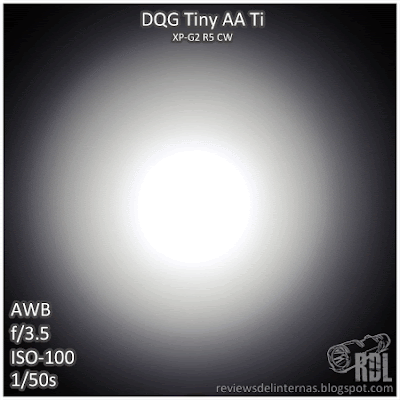
PERSONAL CONCLUSION
The format of the LD12 is one of my favorites. It is not the smallest, not the lightest, nor the most powerful, but it has a great balance and is one of those flashlights that are useful for practically everything. Although as I will explain below there are some details that I think Fenix should have paid more attention, in general, the LD12 is still one of my favorite AA flashlights out there.
Nitecore MT1A · JETBeam BA10 · Fenix LD12 2017 · Nitecore D11 v2 · Fenix E12 · Manker T01 · Zebralight SC52
Negatives: Having re designed the flashlight and not modified the tailcap so can be used as a stand is, in my honest opinion, a huge mistake. I do not understand neither why Fenix has sealed the tailcap thread, and I can only think of possible problems (such as cleaning the switch) that can hardly be solved without “breaking” the seal. The stepdown management for Turbo mode for rechargeable lithium batteries is certainly too conservative.
Positives: Undoubtedly one of the great aspects that Fenix was behind surpassed by the competition is the compatibility of their “small” flashlights for AA and CR123A with 14500 and RCR1323/16340 respectively. Apparently, the new generation are already compatible with these batteries, and it is something in my opinion certainly positive. The feeling in hand is of quality and robustness, something habitual in the classic models of Fenix.
Fenix LD12 2017 sample supplied by Fenix (through FenixLinternas.com) for analysis and review. Thank you both very much.
